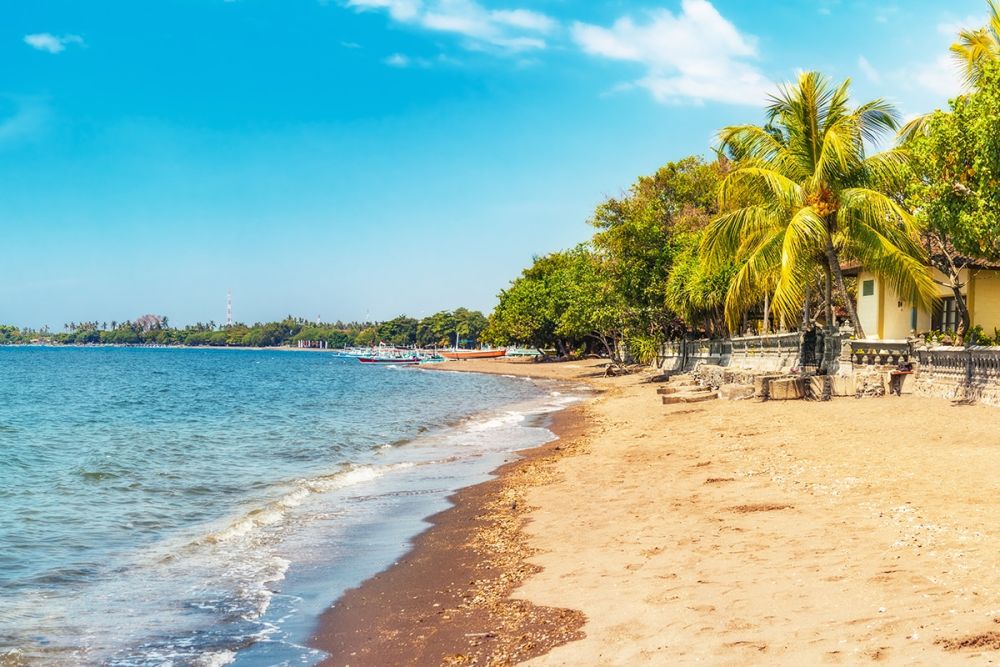

Lovina Beach, located on the north coast of Bali, Indonesia, has a rich and unique history in the world of tourism. Unlike the more famous southern counterparts like Kuta and Seminyak, Lovina has always had a more relaxed and tranquil vibe, attracting those looking for a respite from the hustle and bustle of the busier tourist areas in Bali.
The area known as Lovina was initially composed of a string of small fishing villages. It was in the 1950s when the potential of this area was first recognized by a Balinese official named Anak Agung Panji Tisna. With a vision to create a tourist destination that offered peace and quiet, he began transforming the area and promoting it to international visitors.
Following the steps of Anak Agung Panji Tisna, Lovina started to gain popularity among European travelers in the 1970s and 1980s. Its calm seas, black volcanic sand beaches, and the offshore dolphin populations were the main attractions. The name "Lovina" is believed to be a combination of the words "Love" and "Ina," which is an abbreviation for Indonesia, a name given by Panji Tisna himself in memory of a book he wrote.
Over the years, the tourism infrastructure grew, with the addition of hotels, restaurants, and other tourist facilities. However, Lovina has managed to maintain its charm by adhering to strict building regulations to prevent the over-commercialization seen in south Bali. As a result, it has become famous for its eco-tourism and family-friendly atmosphere.
Dolphin watching continues to be one of the main activities that draw tourists to Lovina Beach. The calm waters make it a perfect location for spotting these playful creatures, especially during the early morning hours. Other attractions include snorkeling and diving at the nearby coral reefs, visiting hot springs, and exploring the cultural heritage of the northern Balinese region.
In recent years, Lovina has seen a trend towards more sustainable and responsible tourism practices. Local businesses and tour operators are becoming increasingly aware of the impact of tourism on the environment and the community. They are taking steps towards embracing more sustainable practices, such as reducing plastic use, protecting the marine life, and supporting local economies.
Despite facing challenges such as the global pandemic which severely affected international travel, Lovina Beach continues to adapt and evolve, with a growing emphasis on wellness tourism, which includes yoga retreats, meditation, and holistic healing centers nestled in its serene environment.
The unique charm of Lovina Beach, with its combination of natural beauty, cultural richness, and commitment to sustainability, ensures that it will remain an attractive destination for discerning travelers looking for an authentic Balinese experience away from the crowded tourist hotspots.